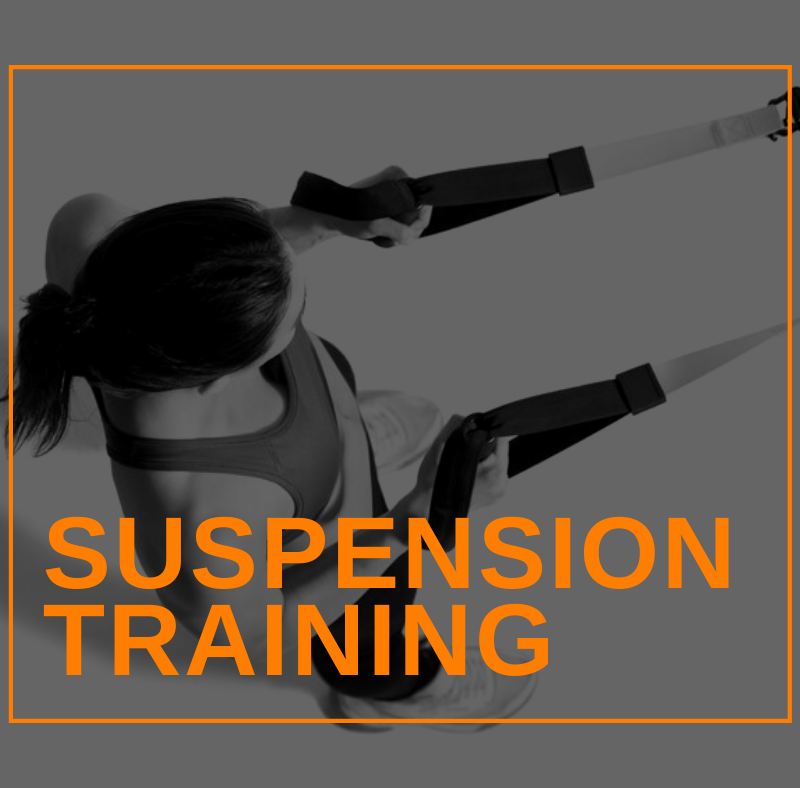
I can still recall my first impression of seeing a suspension trainer back in 2009. It consisted of two nylon straps webbed together and anchored to the ceiling at my local gym. I honestly thought it was a gimmicky product and would be only good for group exercise classes. I mean, how could you possibly build muscle and strength without weights? Turns out, I assumed wrong, and my thinking of how I train and how we train our clients quickly evolved. All it took was about five minutes of suspension training and I was hooked. Never before could I do so many exercises with one piece of equipment, and in addition to exercises you simply couldn’t do without one.
How Does Suspension Training Work?
Suspension training allows you to use workout by leveraging your own bodyweight. You can progress or regress any exercise by simply walking yourself closer or further away from the anchor point (where the suspension trainer is connected to). You can do pushing and pulling exercises for both upper and lower body while focusing on core engagement and tension.
Total Body Engagement
Unlike traditional resistance training, suspension training forces all the parts of the body to work in unison to successfully complete an exercise. You must engage your core muscles on every exercise, even targeted movements such as suspended bicep curls. If you don’t keep your glutes activated and abs tight you will not be able to do the exercise correctly.
All Fitness Levels
Young, senior, beginner to advanced– the suspension trainer can benefit anyone. You can also use suspension training for assisted work. For instance, if you have a client that can’t perform a bodyweight lunge, the tool allows you to offset some of the load from one’s bodyweight, thus making this exercise attainable to do correctly. Besides strength, mobility and flexibility can be improved upon, both of which everyone could improve upon to feel and function at their best.
Cost
Instead of purchasing a cable machine to do traditional pulling exercises, you can do the same with suspension trainers at a fraction of the space and cost. Cable machines typically cost anywhere from $2,000 and up while suspensions trainers are typically $120-$300. If you have a client that currently trains from home the suspension trainer should be most definitely be their go-to piece of equipment.
Portable
The suspension trainer is extremely portable. You can take it to the playground, attach it to an existing power rack, even tie it to a tree. The best part is, most come with a travel bag making it even easier to pack and go.
Best Muscle-Building Suspension Trainer Exercises
Suspension training offers a myriad of exercises but when I think which of those are going to offer more in return for building muscle and strength consider these:
- Suspension Rows
- Suspension Tricep Pressouts (think overhead tricep extensions)
- Suspension Pushups
- Suspension Chinups
- Suspension Face Pulls
- Suspension Leg Curls/ Bridges
This list doesn’t even include unilateral exercises which are not only great for total body hypertrophy and strength but also core strength.
Key Takeaways
The suspension trainer is here to stay. No matter where you are training a client, you can deliver great results. Remember all fitness levels can use this and suspension training offers another dynamic to whatever you or your clients have access to use. The best part is the value and longevity that you get without breaking the bank with other pieces of equipment that also take up a ton of room. Do more with suspension training with your clients, they will feel the difference.






